Japan's public transport-oriented urban development (TOD) model includes the following forms: private sector TOD, government sector TOD, concentrated development around stations, and station square development with unlimited transit functions for public transport.
On May 12, the Ho Chi Minh City Urban Railway Management Board and the Japan International Cooperation Agency in Vietnam (JICA) jointly organized a workshop on urban development models oriented towards TOD and public-private partnerships (PPP) for the city's urban railway system.
The workshop aims to discuss and share experiences on the TOD model with the goal of orienting public transport development, in which the urban railway system plays a key role, as a basis for urban planning and development, improving the efficiency of land use, public works, reducing traffic congestion and environmental pollution.
Accordingly, the TOD model is piloted in conjunction with urban planning in the vicinity of stations on urban railway lines. In addition, valuable lessons from the development process of major cities in the world such as Tokyo (Japan), Seoul (Korea), Singapore, London (UK) ... show that TOD associated with land exploitation is a fundamental and long-term solution, especially creating investment resources to develop urban railway networks.
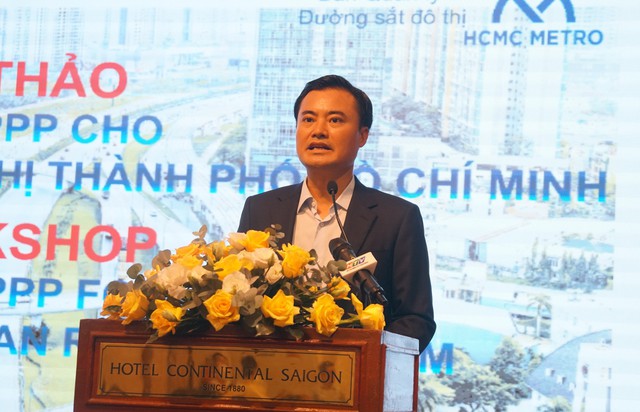
Vice Chairman of the Ho Chi Minh City People's Committee Bui Xuan Cuong said that the city will be the first locality to pilot the TOD model, in which the urban railway system is the core of this model - Photo: VGP/Vu Phong
According to Vice Chairman of the Ho Chi Minh City People's Committee Bui Xuan Cuong, TOD investment under the PPP model is a topic that local authorities, including Ho Chi Minh City, are interested in applying to develop public transport networks, especially urban railways. This is also the strength of Japan - a country that has successfully implemented this model.
Mr. Bui Xuan Cuong added that Ho Chi Minh City is proposing to the National Assembly to approve a number of pilot mechanisms and policies for the city's development, including a proposal to pilot urban development in the TOD direction, focusing on urban railway systems such as Metro Line 1 Ben Thanh-Suoi Tien and Metro Line 2 Ben Thanh-Tham Luong.
When approved by the National Assembly, the City will be the first locality to pilot the TOD model, in which the urban railway system is the core of this model.
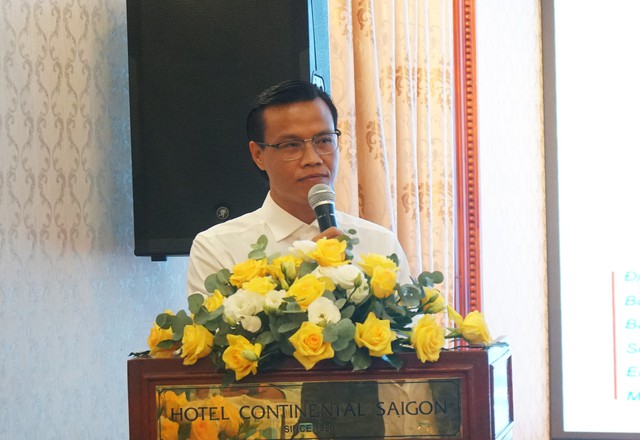
Mr. Bui Xuan Nguyen, representative of the Ho Chi Minh City Urban Railway Management Board, affirmed the need to invest in TOD under the PPP model - Photo: VGP/Vu Phong
It is necessary to invest in TOD in the form of PPP.
Mr. Bui Xuan Nguyen, representative of the Ho Chi Minh City Urban Railway Management Board, said that according to Decision No. 568 dated April 8, 2013 of the Prime Minister on adjusting the planning for the development of Ho Chi Minh City's transport to 2020 and vision after 2020, the City's urban railway system includes 8 radial and ring lines connecting the main centers of the City.
The total length of the entire urban railway system of the City is about 220 km with a total estimated investment of 25 billion USD.
However, up to now, according to statistics from the Urban Railway Management Board, the capital mobilized in the form of ODA for urban railway construction investment projects in Ho Chi Minh City, including projects being implemented and to be implemented in the near future, is about 6,544 billion USD, only reaching about 25% of the total estimated investment.
Total capital mobilized from ODA sources in the 2016-2020 period decreased by 51% compared to the 2011-2015 period and is forecast to continue to decrease in the 2021-2025 period.
In addition, the total budget for key infrastructure development projects expected for the 2022-2025 period in Ho Chi Minh City is VND243,000 billion, of which the metro construction investment project is estimated at VND103,000 billion, accounting for about 43%. Meanwhile, the annual approved budget for inner-city infrastructure projects is only about VND30,000 billion.
Therefore, according to Mr. Nguyen, it is necessary to choose the PPP method for metro construction investment projects in Ho Chi Minh City.
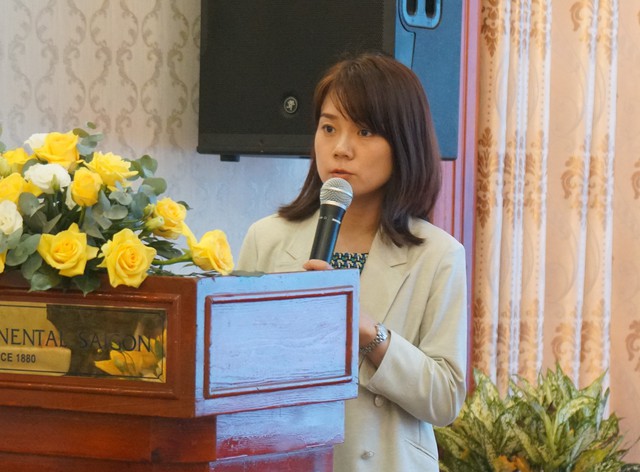
Ms. Ayako Kubo, JICA representative, presented an overview of TOD - Photo: VGP/Vu Phong
TOD development experience from Japan
Presenting an overview of TOD, Ms. Ayako Kubo, JICA representative, said that TOD can be developed according to the linear model and TOD according to the urban model.
Specifically, TOD according to the route model is developed along the route with the railway system, ensuring the mobility of people living along the route, limiting excessive concentration in the city center.
TOD according to the urban model is to maximize the use of land and space at key stations to develop the city, enhancing the value of the area around the station.
Accordingly, the effectiveness of developing this form is that public transport can be used at low prices, making it easy for people to travel. Urban functions are integrated compactly, enhancing convenience for people, creating a bustling atmosphere. In addition, it can create walkable streets, improving people's health; reducing the number of cars, reducing traffic congestion.
This form of transportation aims for a city where people can actively move around, creating vitality for the city.
Going into details, Mr. Shin Kimura, representative of the Urban Renaissance Agency of Japan (URA), said that Japan's TOD includes the following forms: private sector TOD, government sector TOD, concentrated development around stations, and station square development with unlimited transit functions for public transport.
For private sector TOD, private companies have been developing railway lines and suburbs since about 100 years ago. Accordingly, these companies improve the brand value of the railway lines by developing commercial and residential buildings around those railway lines.
As for TOD in the government area, according to Mr. Kimura, local governments such as the Tokyo Metropolitan Government and the Urban Revitalization Agency have built large-scale new urban areas in the suburbs to solve the housing shortage. Private railway companies have built railways next to those urban areas.
Japan also develops station plazas with unlimited transit functions for public transportation. Specifically, to make efficient use of stations, local governments and the Urban Revitalization Agency not only develop bus networks, but also build station plazas and road networks to transport families to the city center and to school.
At the workshop, the parties focused on serious, frank and sincere discussions to share knowledge and practical experience from Japan, a country with extensive experience in the field of urban railway development, thereby discussing the possibility of applying TOD and PPP, as well as suggesting specific solutions to perfect the urban railway network in Ho Chi Minh City.
Experiences from Japan on legal issues in planning, sharing benefits and responsibilities of projects around stations... will be the basis and lessons for the Ho Chi Minh City government to implement in practice.
Baochinhphu.vn
Source

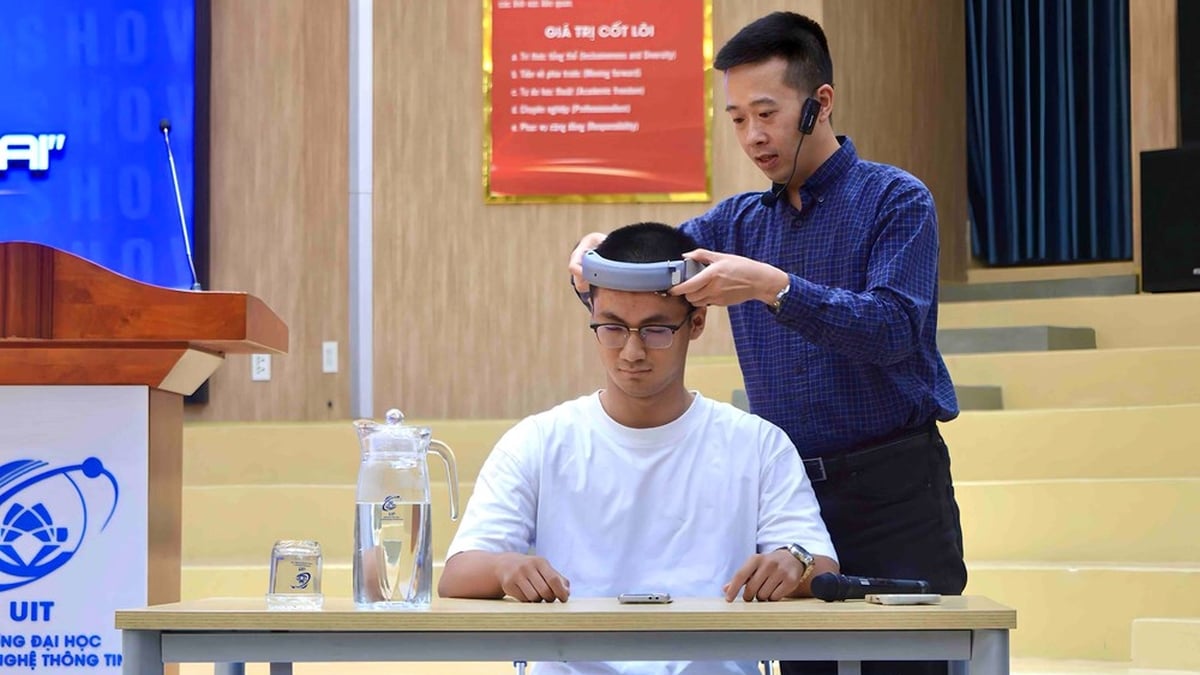

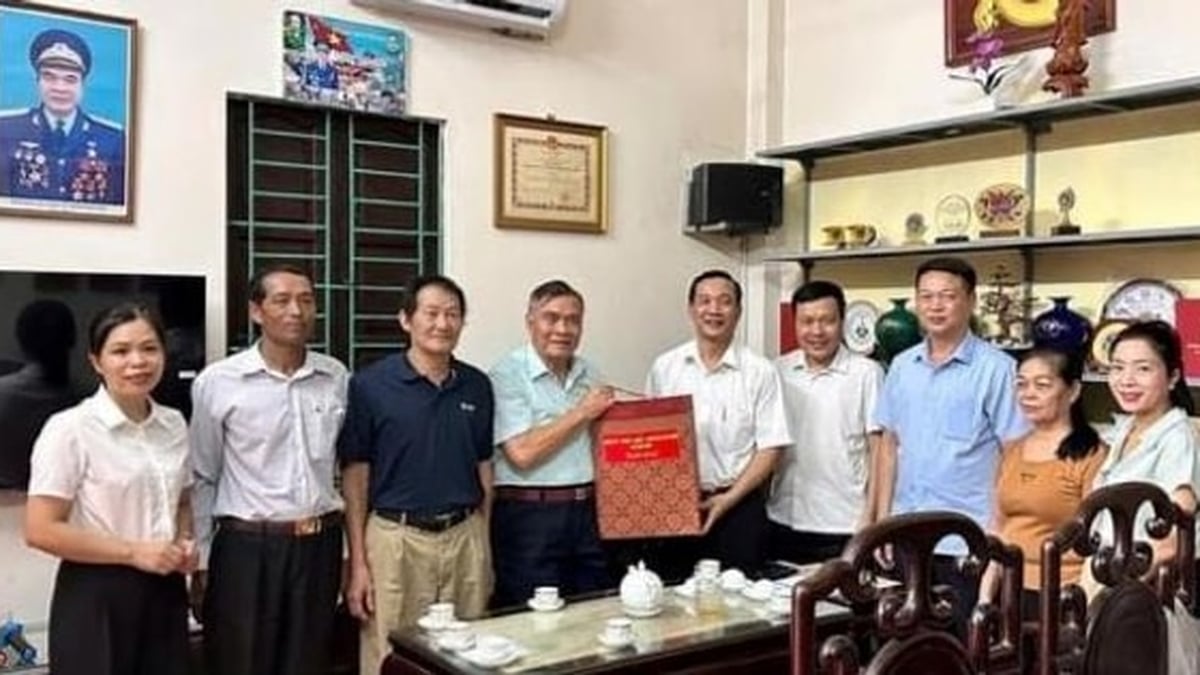


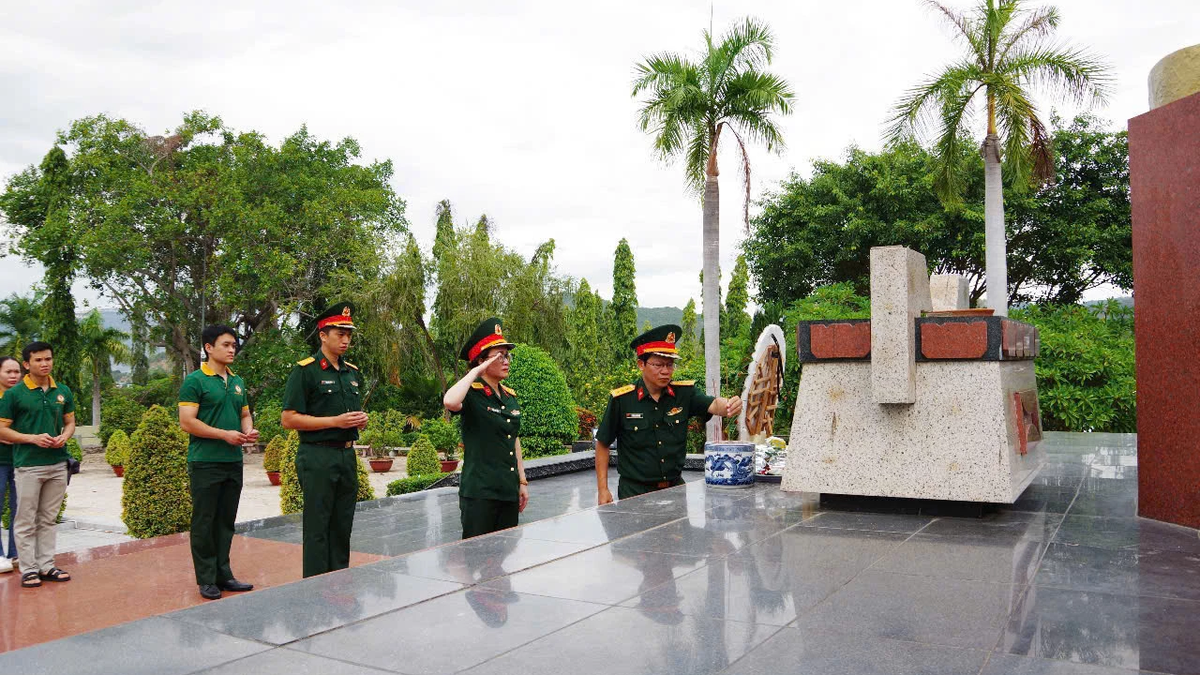
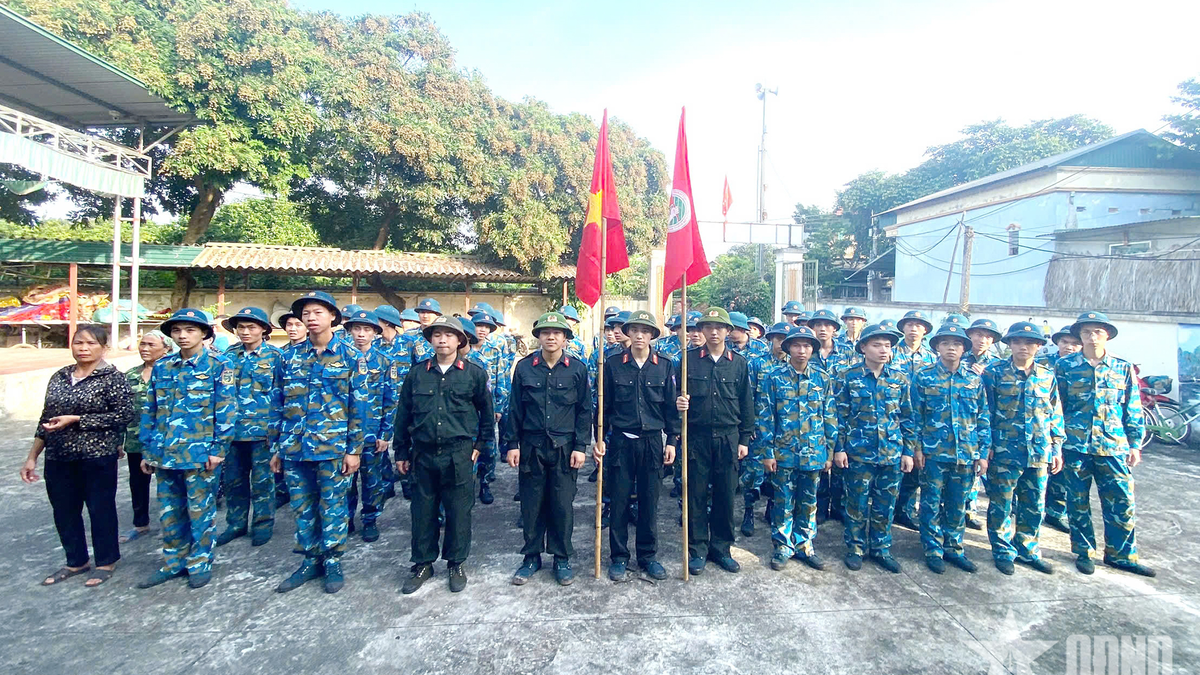



























































































Comment (0)